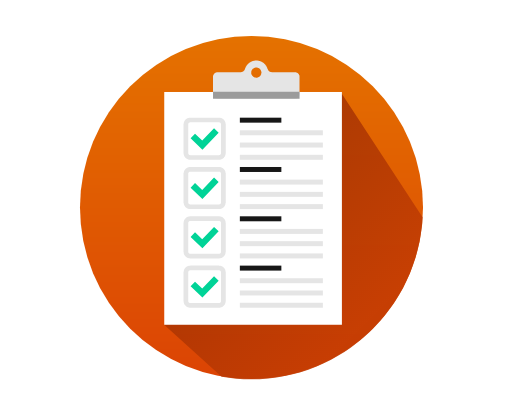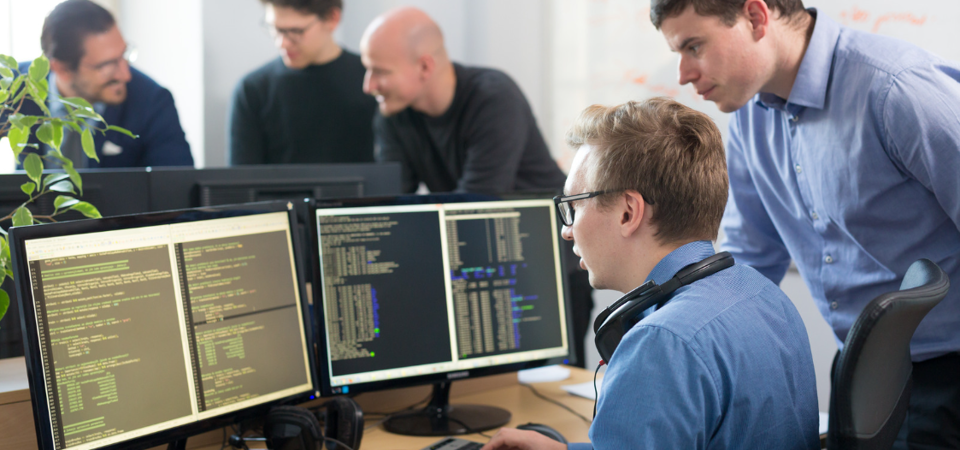Many organizations are looking to reduce costs and minimize the risk of a shrinking talent pool by extricating their existing mainframe applications from beneath the weight of relatively obscure languages such as Natural, CA Gen and ADSO. In some cases, the goal is to retain the mainframe and reduce complexity. In other cases, rehosting offers a way to shift applications away from the mainframe infrastructure and into a more modern, cost-effective Cloud environment. In both instances, our Application Consolidation solution is paramount to success.
On-Mainframe
Our Application Consolidation solution includes the assessment, refactoring, and optimization of 4GL and procedural codebases to COBOL for maximum maintainability. For example, languages such as CA Telon or Natural, which can be intermingled with COBOL on the mainframe, can be consolidated to COBOL. This eliminates licensing fees and simplifies maintenance of your mainframe application estate. Refactored COBOL code and BMS / MFS maps can be edited and extended using standard development tools, following the same component and naming structure as the original application (even comments are preserved). Developers familiar with the source environment should easily be able to recognize business logic in the refactored COBOL.
Rehosting
Rehosting, sometimes referred to as replatforming, is ideal for companies whose applications are still meeting their business needs, and who therefore wish to retain their core application development skills while moving away from non-relational databases and expensive mainframe infrastructure. With rehosting, application source code is migrated onto modern, distributed platforms, either on-premises or in the Cloud, without change. Underlying legacy databases are migrated to relational models, configured to seamlessly interact with your applications via the rehosting platform.
Rehosting solutions are optimized to operate with a core application language such as COBOL. These core languages are retained and rehosted into the target environment of your choice. We leverage our Application Consolidation solution to refactor other application languages within the same estate into the selected, single optimized language. For example, languages such as CA Telon or Assembler, which can be intermingled with COBOL on the mainframe, can be consolidated to COBOL and rehosted, eliminating licensing fees and simplifying maintenance of your application on the rehosting platform.
Automated Refactoring
Our Automated Refactoring software powers the Application Consolidation solution, preserving the benefits of legacy systems while empowering organizations to leverage the advantages of a consolidated application stack, whether on or off-mainframe. Many mainframe application transformation solutions create structurally similar programs in the target language but require additional re-engineering efforts to yield desired results.








